

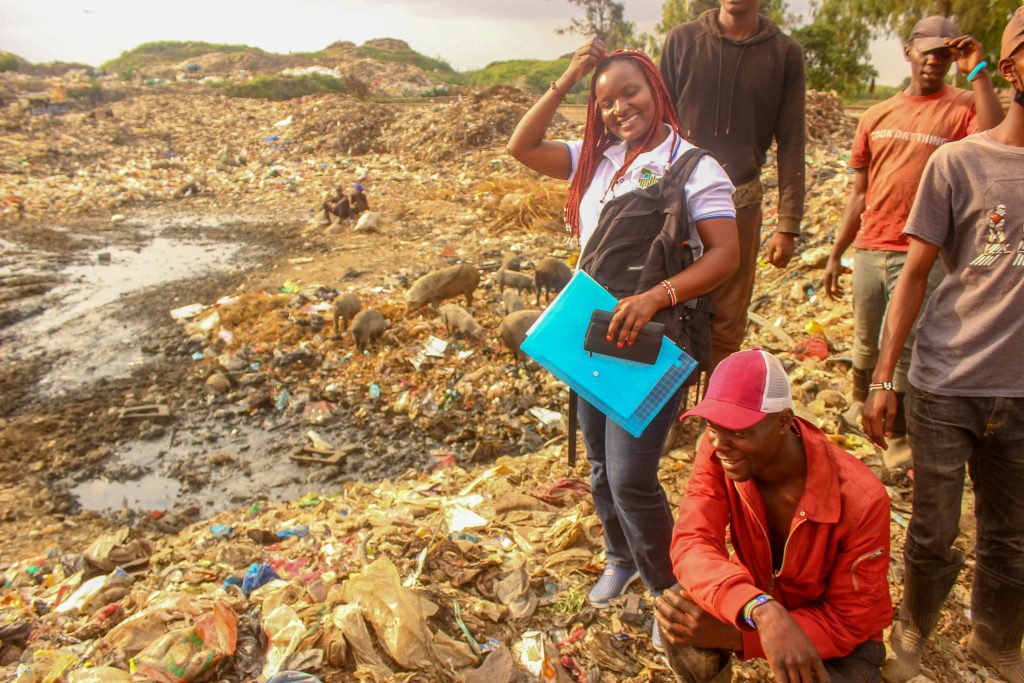
A Community Child Rights Club (CCRC) is a child-led organisation of children who come together to learn, promote and translate the United Nations Convention on the Rights of the Child (1989), the African Charter on the Rights and Welfare of the Child (1990), the Children’s Act, 2022. The objective is to create safe space for children in the community to learn, share and interact, so that they can participate in their own protection, detection, response to and prevention of child abuse.
The CCRC, a brainchild of Undugu Society Kenya, was first rolled out in 2019. However, the concept was developed over time and developed from the then Children Group (2017-19), Child Right Club (2019) to the current concept of CCRC. Based on the concept development and experiential learning (experiences) of USK, members of Right Clubs are ready to transition after three years, with year for and five of their implementation being monitoring and technical support on a needs basis. USK has also developed the CCRC model, which articulates the various stages and activities to be conducted besides the milestones that will be achieved.
The CCRCs as structured, require to develop or be ingrained into a support system that allows them to utilise their skills, knowledge and experiences for the protection of children and promotion of their rights. It is therefore imperative that from the onset, mentorship, accompaniment, transition and anchor structures are integrated into its architectural design and operational framework. It also means that learning modules are then expanded to include skills such as communication, networking, partnership building and convenorship.
Children are categorised into 4 groups namely Shakeshake Maua of age 6-8 years, The Lions of age 9-11 years, Shining stars of age 12-14 years and transformers of age 15-16 years in groups of 25 and above members per cohort. After the ages of 16, children are trained as Trainers of Trainees (ToTs) and take up the role of mentors in their communities. The categorization takes into consideration that children of different ages require application of different methodologies in their learning process. The children meet once per week during school break (weekend) and twice per week during school holidays.
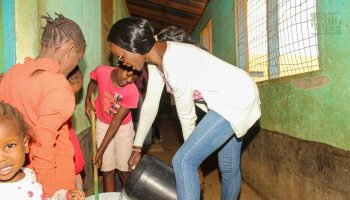
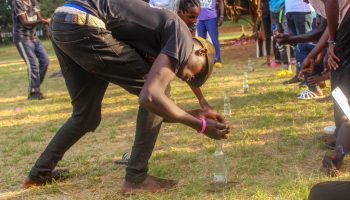
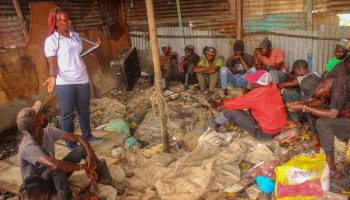
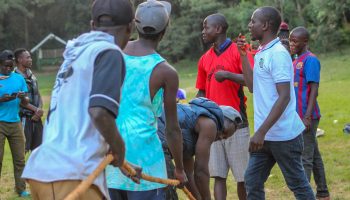
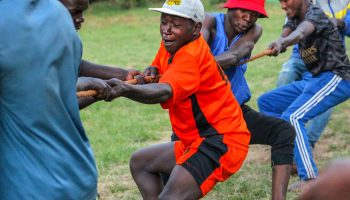
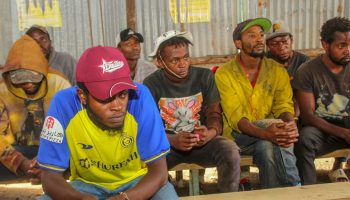
USK pursues rescue, non-clinical rehabilitation, and reintegration through the Street Youths Associations (SYAs). We reprogram street connected youth’s social behaviors to resist drug and substance abuse, crime, irresponsible sexual mannerisms, and isolation towards socially acceptable practices through a 3-year program dubbed the ‘Association model’.
The model is structured into five levels namely; identification, formation, capacity building, empowerment and disengagement as illustrated in the figure below. Once formed, the associations elect their leadership structures and institute self-governance tools (rules) that help manage their relationships. Through the model, USK continues to build solidarity and peer mechanisms to reduce drug abuse and substance use through life skills trainings, coupled with entrepreneurial competency and vocational skill building to increase chances into secure income generation environments and markets. It also addresses anti-societal behaviours such as crimes.
By the time the youths exit the program after 3 years, a majority of them have stopped intake of drugs, have left the streets and have rented spaces they live in, they may have founded families and have initiated individual or groups income generating activities. By this time, they have the capacity to advocate for their rights and are members of local community initiatives. The process of rehabilitation ensures that host communities are part of the process to able the youths access support structures even after they have been disengaged.
The VSLA model is designed to address financial exclusion and vulnerability among marginalized and poor communities. Through this innovative approach, communities are organized into self-managed groups that foster solidarity and mutual support. These groups provide members with access to credit for their business needs, thereby building a supportive social network and creating a primary market for the members’ businesses.
VSLA groups offer comprehensive learning opportunities in financial management, entrepreneurship, and leadership. By adapting to the local social capital context, the VSLA model effectively addresses the unique needs of marginalized populations, ensuring that even the most vulnerable community members benefit.
Uniquely, the VSLA model emphasizes social responsibility and solidarity. Members not only contribute to support orphans but also maintain a welfare fund for emergencies. This dual focus on financial inclusion and social welfare helps promote a strong sense of community and mutual aid.